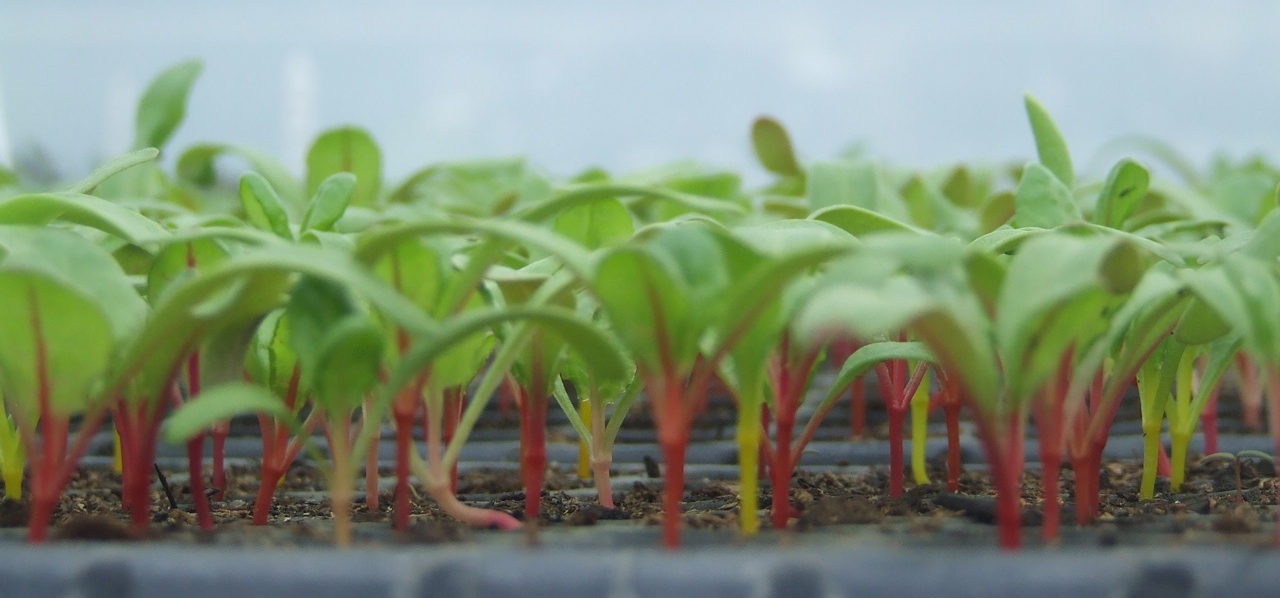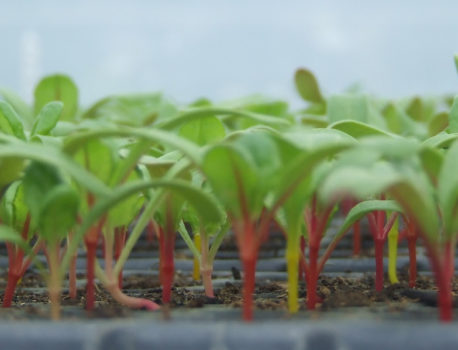The most important thing you can do for your seedlings is make sure that they are appropriately watered. Not enough water can be detrimental but having too much water can be just as bad.
You should start off by misting them at the seed germination stage and move to a watering can once they grow larger. They’ll need more frequent watering at the germination stage and a larger amount of water less frequently once they’re bigger. Naturally, plants use more water during the daytime while they’re growing under light so no need to drench your plants at night.
Water lightly in the seed stage
Seeds that are in the process of germinating like to have constant moisture. However, you don’t want to dump water onto your seeds – too much water applied all at once can wash your seeds out or simply keep them from growing by causing them to rot.
The size of your container matters for this reason. Imagine a sponge — when you stand it on end there is a taller column through which the water passes. When stood on its side, that column is shorter.
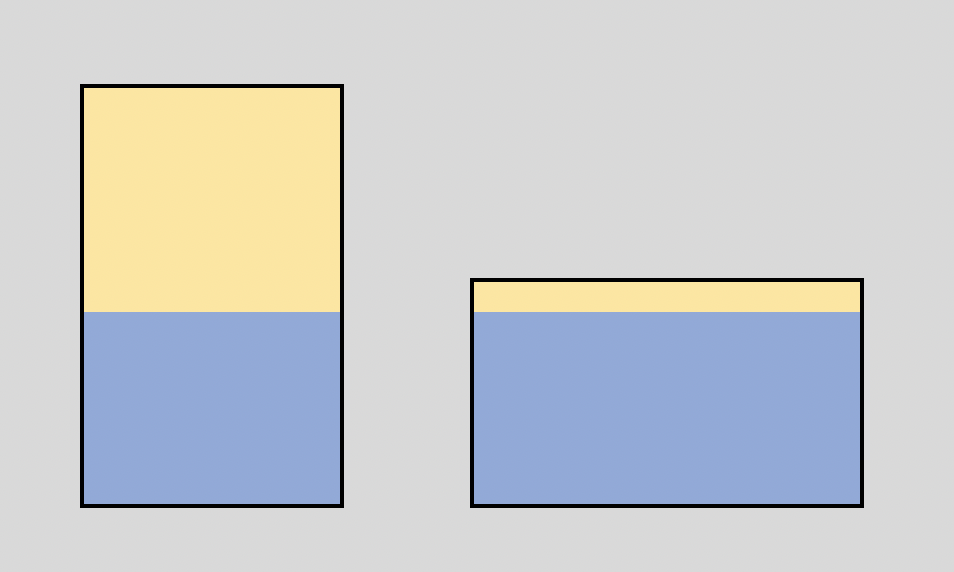
Your seed is at the very top of this sponge and needs to be surrounded with water. The taller your column (container), the more often you’ll have to water in order to keep your germinating seeds moist thanks to our friend gravity. For this reason it’s a good idea to start seeds in small containers and pot them up if necessary.
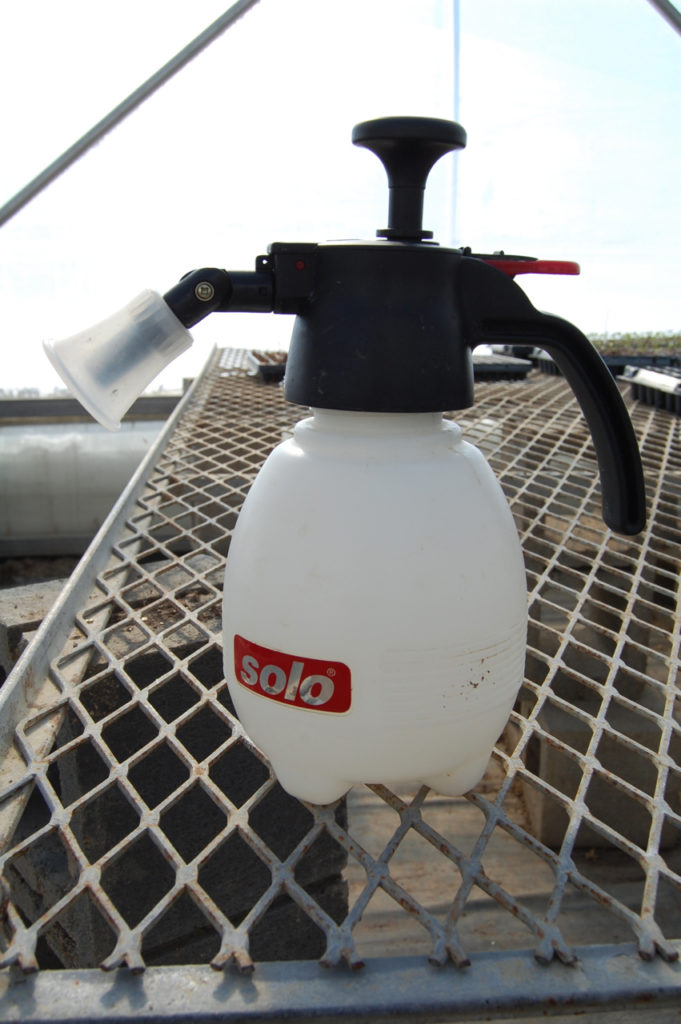
If you are able to water your germinating seedlings multiple times throughout the day you can use a spray bottle for watering ($2 at the dollar store). If you have a little money to invest and a lot of seedlings to water, I would recommend getting a pressurized pump sprayer ($15-20 online). If you’re gone during the day you should give them more water in the morning to get them through till you can attend to them in the evening. Humidity domes are great for trapping in moisture and I would recommend them if you have to go several hours between watering at the germination stage.
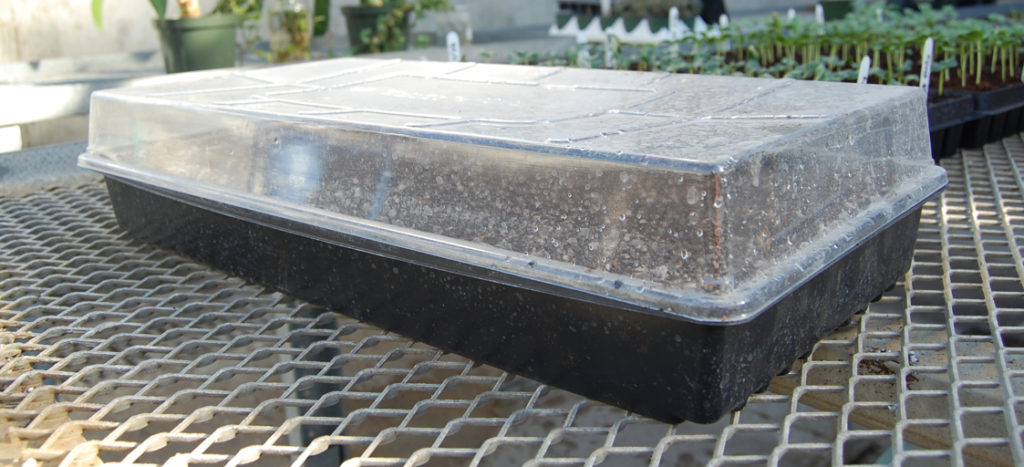
Watering during leaf growth stages
As your plants grow larger they’ll need more water. Once plants have established some roots and can hold their own in their cell, you can water them with a watering can. If you don’t have a can that’s the right size for this you can make your own by poking small holes in the top of a laundry detergent bottle or a large salsa container. (This may go without saying but make sure there is no residue in your container before using it! Plants are sensitive to things like soap.)
Remember, plants use more water during the daytime while they’re growing under light – no need to drench your plants at night. You never want to put so much water down that it comes out of the drainage holes in the bottom of your container as this leaches nutrients from the potting soil. The ideal moisture level after watering is jello-like (meaning the tray/container should feel like it’s full of jello when you lift and bounce one side).
Bottom Watering – Sometimes watering overhead is not ideal such as when you have lots of algae growth on the soil surface or when plants become overly dry/hydrophobic and difficult to rehydrate. If this happens to you, try watering from the bottom of the container by submerging the bottom half of it in a tray of water. Soil is able to take this water up through something called capillary action, soaking the entire container after just a couple of minutes. Make sure not to leave your container/tray in the water for too long or else your plants will become water-logged and nutrients will leach out.
Watering at the hardening off stage
Let your plants dry out a little between waterings to the point of near-but-not-quite-wilting. (They won’t get watered every day in the garden so they better get used to it!) When you do water them you’ll want to do so heavily.
Recap:

Stage 1 – consistent attention, regular watering (with a mister), do not over-saturate (can lead to rot)
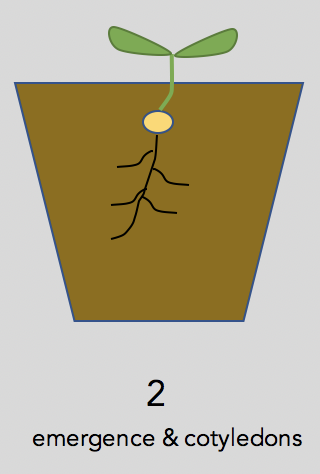
Stage 2 – begin watering with can instead of mister, still don’t need a ton of water since plants are small

Stage 3 – lots of water, container should feel like it’s full of jello
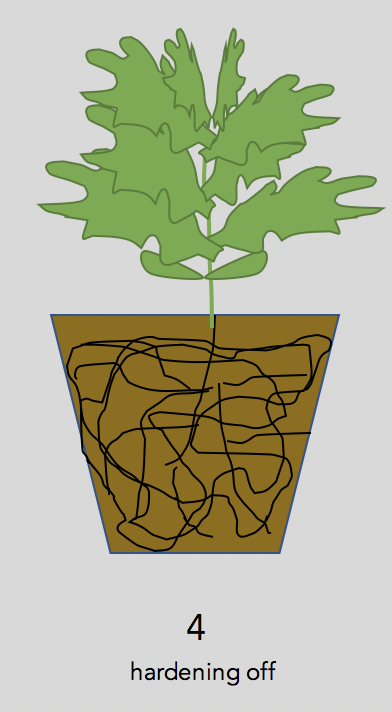
Stage 4 – lots of water, let plants dry out a little between waterings to the point of near-but-not-quite wilting

